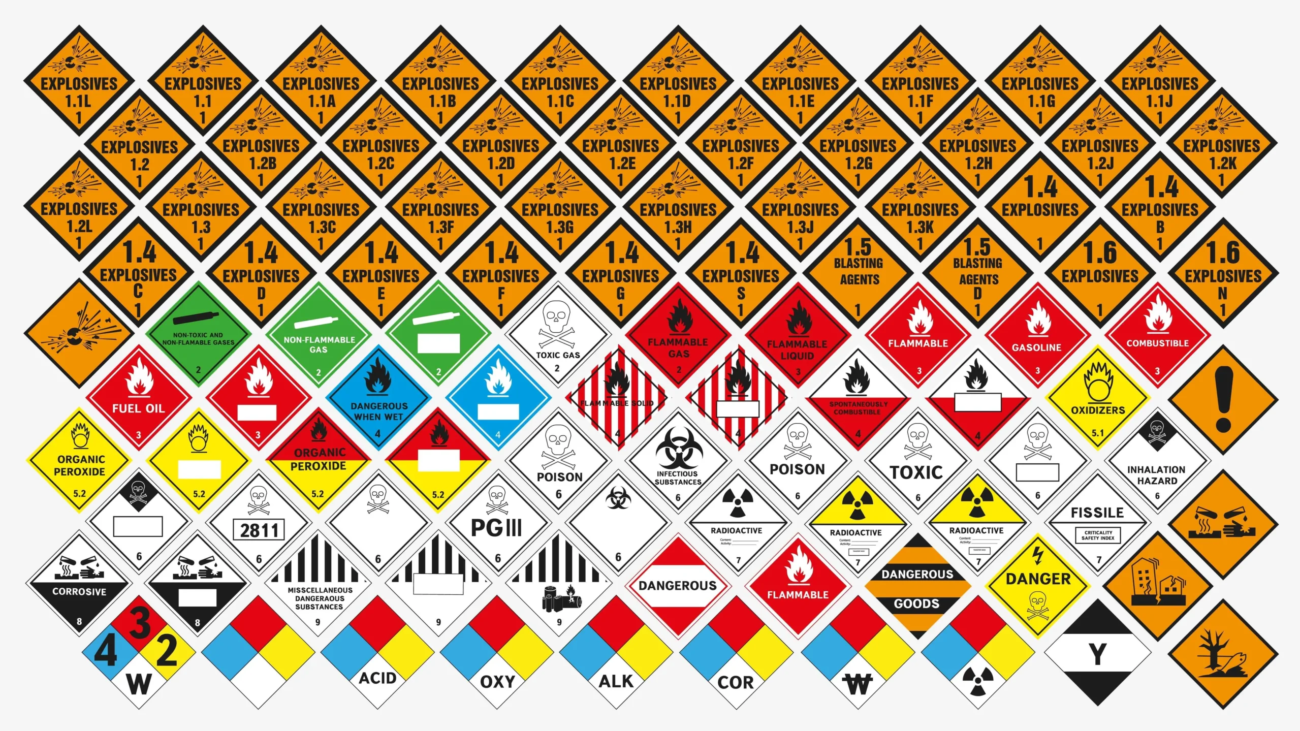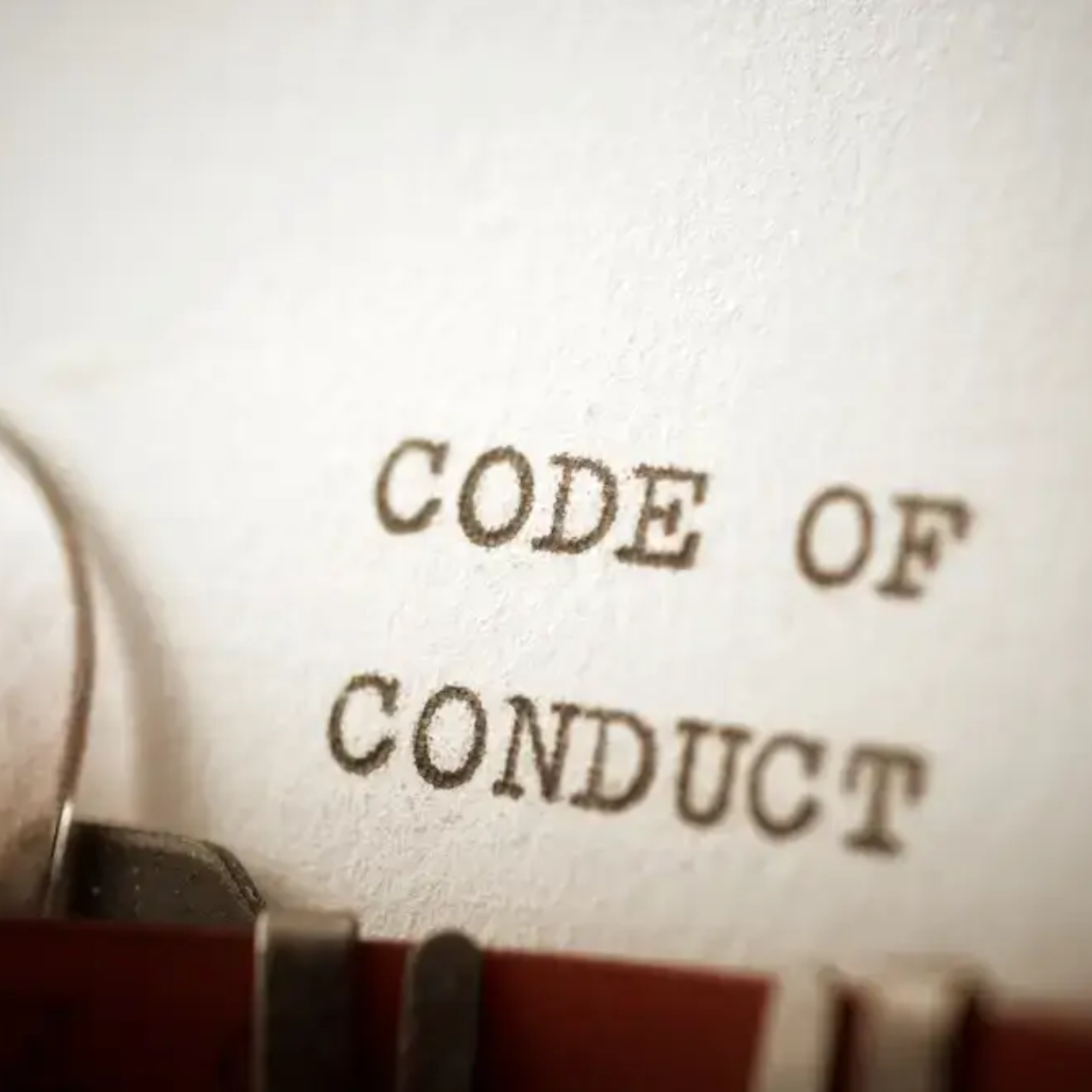Radiation is used in many workplaces, from hospitals and labs to construction and manufacturing sites. While it plays an important role in science, medicine, and industry, radiation can also be dangerous if not handled properly. That’s why warning signs are used to help people spot potential risks quickly and stay safe.
But not everyone knows what these signs actually mean. In this article, we break down the most common radiation symbols and explain their meaning in simple language. This knowledge can help workers, visitors, and the public understand when and where to be cautious.
The Classic Radiation Symbol: Trefoil
This is the most well-known radiation warning symbol. It has three black or magenta (dark pink/purple) blades spinning around a small central dot, usually on a yellow background. You might see this sign outside labs, on medical equipment, or near machines that use radioactive materials.
What it means:
This symbol says that radiation is present in the area, and that you should not enter unless you’re trained or authorized. The closer you are to the source, the higher the risk. Protective gear and time limits may be required in these zones.
High Radiation Area Sign
In some areas, you’ll see signs that say “High Radiation Area” or “Very High Radiation Area” alongside the trefoil symbol. These are more serious.
What it means:
Radiation levels in these places can be dangerous after just a short exposure. You should never enter a high radiation area unless you have permission and protective equipment. Access is usually restricted and monitored by safety personnel.
Radiation Area Sign
This is slightly less severe than the “High Radiation Area” sign, but it still means danger. You’ll still see the trefoil, and the sign usually says “Radiation Area” or “Caution: Radiation Area.”
What it means:
Radiation is present at levels that can pose health risks over time. Entry may be allowed with certain controls, like wearing a dosimeter or following time limits. This sign warns you to stay alert.
Radioactive Material Sign
This symbol warns you that radioactive material is being stored, used, or transported. You may see it on boxes, containers, or storage rooms. The label might read “Caution: Radioactive Material” or “Warning: Radioactive Material.”
What it means:
These materials give off radiation and must be handled carefully. If you see this sign, don’t touch anything nearby and follow all posted rules or instructions. In many cases, the material is shielded, but accidents can happen if procedures aren’t followed.
DOT Radioactive Labels (For Transport)
The Department of Transportation (DOT) uses special labels for packages that contain radioactive materials. These are required for shipping by road, air, rail, or sea. You may see these labels on trucks, containers, or barrels.
What it means:
The label will often include the trefoil symbol and a category number, I (white), II (yellow), or III (yellow), which shows how strong the radiation is.
- Category I means very low radiation.
- Category II is moderate.
- Category III is higher and requires more distance and caution.
These labels help emergency workers and drivers know how to handle spills or accidents.
Contamination Area Sign
This sign is used in labs and nuclear facilities. It tells people that radioactive dust or particles may be present on surfaces, floors, or equipment.
What it means:
You should avoid touching anything in the area and wear proper protective gear. People entering may need gloves, boot covers, and even full suits. The area may also have rules for washing hands or checking yourself with a radiation scanner before leaving.
Airborne Radioactivity Area Sign
This sign warns you that radioactive gases or dust might be in the air. These particles can be breathed in and pose serious health risks.
What it means:
If you see this sign, it usually means a mask or special breathing equipment is required. People may also need to limit how long they stay inside. These areas are often sealed off from regular work zones.
X-Ray Area Sign
In hospitals, clinics, and some factories, you may see a sign reading “X-Ray Radiation” with the trefoil symbol or another design. These areas use machines that produce radiation, but only when switched on.
What it means:
Stay out unless you’re working with the equipment. Most machines have light indicators to show when radiation is active. Even though X-rays are short-term, repeated exposure without protection can be harmful.
Laser Radiation Sign (Not Radioactive, But Still Important)
Sometimes people confuse laser warning signs with radiation signs. Lasers don’t involve radioactivity, but they can damage the eyes or skin.
What it means:
Laser signs usually say “Caution: Laser Radiation” and may include a red or yellow triangle. Avoid looking directly at lasers or entering the beam path.
Biological and Radiological Symbols: Don’t Mix Them Up
In labs and medical research centers, there are also biohazard signs. These are different from radiation warnings but may appear in the same area. A biohazard symbol looks like three connected crescents and warns of dangerous viruses or bacteria.
Why it matters:
Sometimes areas are labeled for both biological and radioactive risks. If you see both signs, the space may involve radioactive biological samples. Special training is needed before working in these rooms.
Color Matters: Yellow Means Caution
Almost all radiation signs use yellow backgrounds. This color was chosen because it grabs attention and signals a need to be careful. Combined with bold symbols and simple text, the design helps people respond quickly, even if they don’t speak English well.
Conclusion
Radiation warning signs are more than just stickers on walls, they are serious alerts that help keep people safe. Whether you work in healthcare, manufacturing, science, or construction, knowing what each symbol means can protect you and your coworkers.
Next time you see a radiation sign, don’t just walk past it. Take a moment to think about what it means, what risks might be present, and whether you need to stop, ask questions, or wear protective gear.
Understanding these signs isn’t just for experts, it’s for anyone who wants to stay safe on the job or in unfamiliar places.





